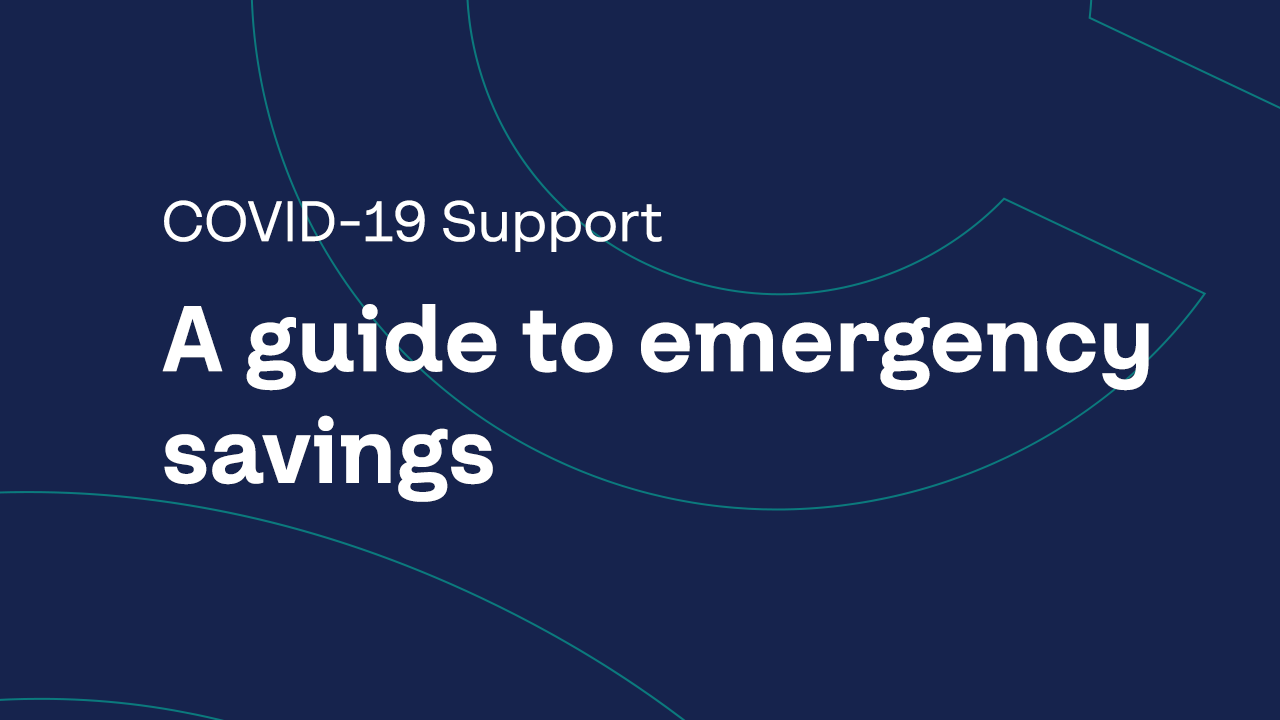Regular savings are an important part of financial health, whether you’re building up an emergency fund or saving for a comfortable retirement. Unfortunately, it’s not always easy to put aside a reliable sum every month, as bills mount up and busy lives eat into disposable income.
One way to inject a little more certainty into your savings is a technique known as pay yourself first, automatic savings. Basically, it’s the simple act of automating the saving process. Here’s how it works.
Prioritize your savings.
The key point of pay yourself first is to make your savings the priority at the start of the month, rather than waiting to see what you have left at the end. Set up an automatic transaction to move a fixed amount of cash to a savings account as soon as your paycheque deposits into your account, taking the money out of the equation before you even start paying bills.
This is helpful in three main ways.
- When the money is deducted from your account immediately after receipt, you’ll soon get used to not having the cash available. You can rearrange your budget to cover your essentials and discretionary spending without needing to worry about leaving a surplus for savings.
- Automatic savings makes the investment process more predictable. You’ll have a better idea of how much you’re saving each month, making long-term planning much easier and more effective.
- People who pay themselves first wind up saving more with less effort and stress. If you only save from the money remaining at the end of the month, you’ll find there’s one more bill to pay, one more purchase to make, or one more night out to enjoy that eats into your potential savings surplus.
How to pay yourself first.
The simplest way of starting an automatic savings routine is to divert an affordable amount each month into a regular savings account. This tactic has the advantage of keeping your money on hand if you need it, although that can also work against you if you’re tempted to dip into your savings too often.
If you’re confident you can afford to lock your savings up, a more long-term investment vehicle may be a sensible idea. A regular retirement plan is one option, but automatic savings are also ideal for an investment technique known as Dollar Cost Averaging.
Under this strategy, a fixed amount each month is invested in the same product regardless of the current price. The idea is that making small but regular investments help to smooth out price volatility, compared to investing one large sum at a certain point in the market’s cycle. Effectively, you split your investment into small chunks and let the passage of time provide the returns, rather than trying to ride the rises and falls in the investment’s value.
But whether you use standard savings or a more advanced strategy, the pay yourself first technique is an ideal way to give an extra dimension of structure and reliability to your savings efforts.



